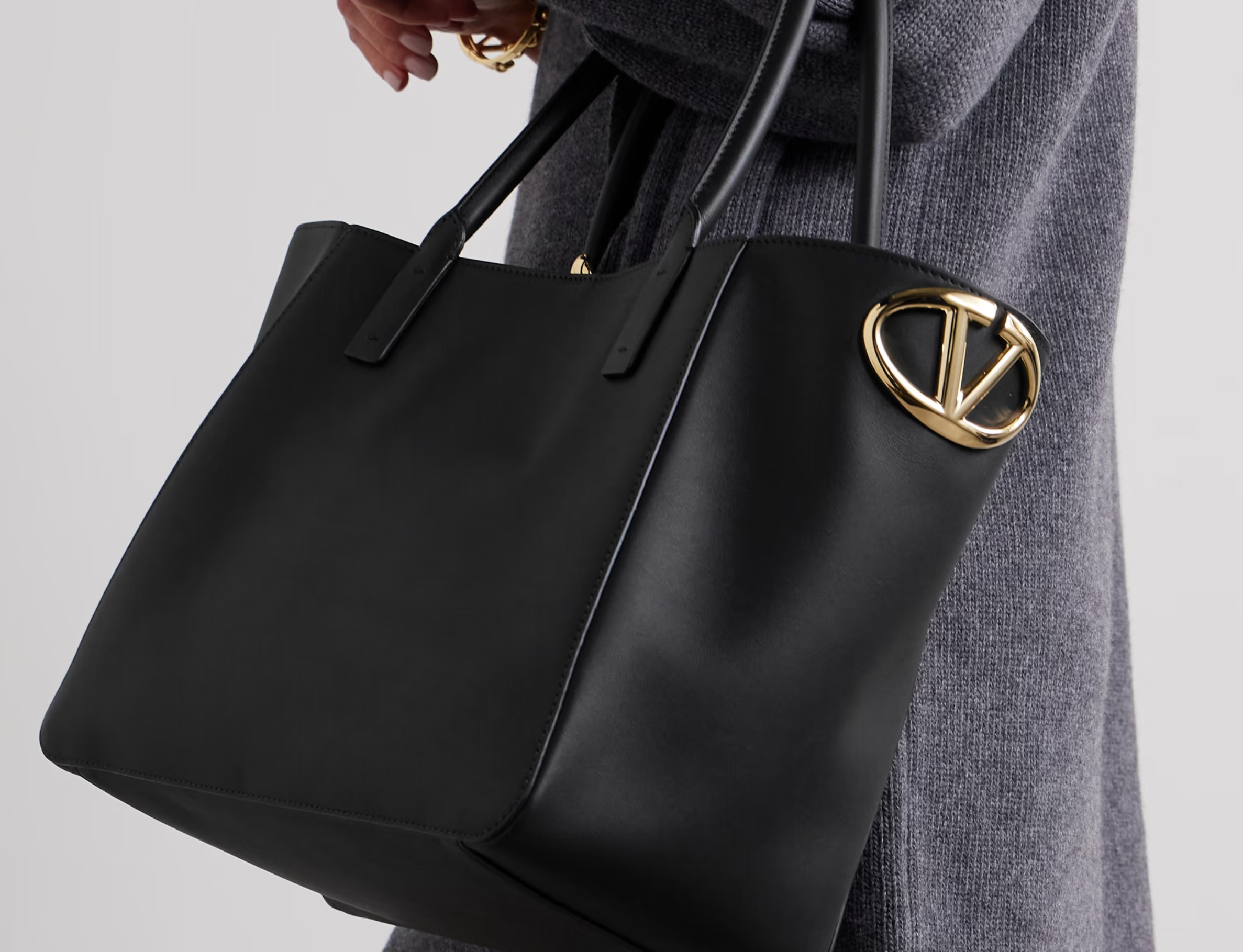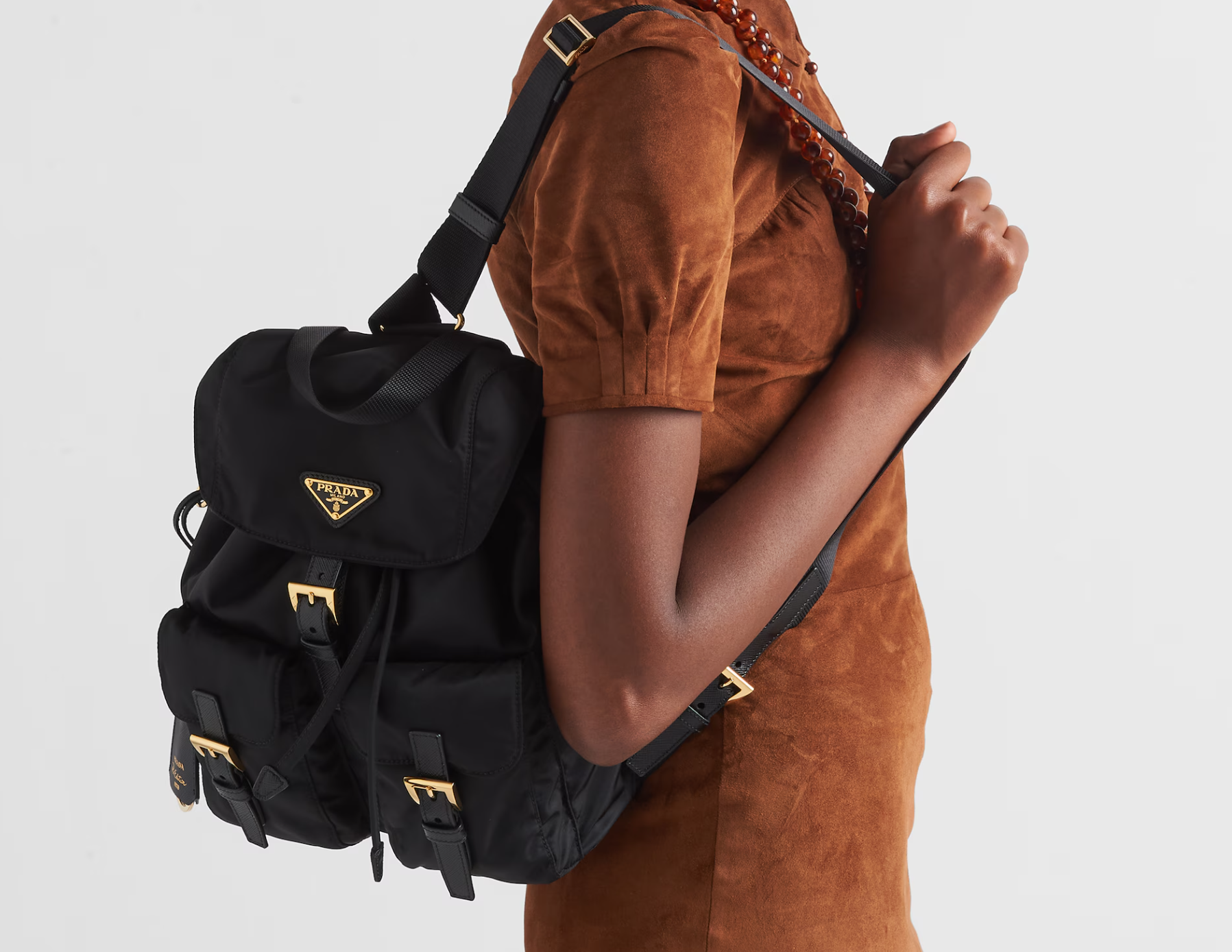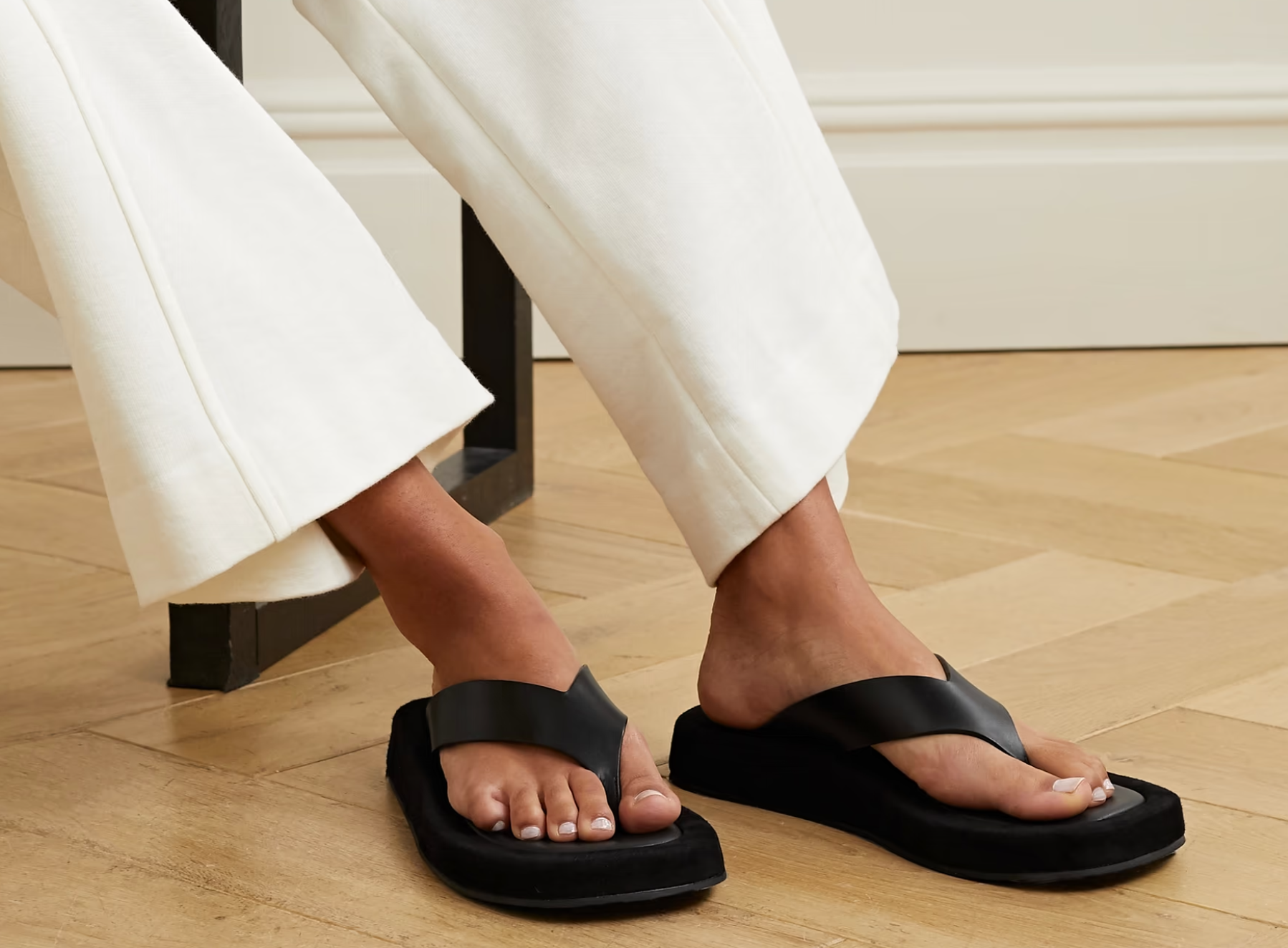Tote bags have long been a staple in the world of fashion. Known for their practicality and versatility, these bags have undergone significant transformations over the decades, evolving from simple, valuable items to sophisticated fashion statements. This detailed exploration traces the journey of tote bags from their classic origins to their contemporary incarnations, highlighting key milestones, design innovations, and cultural influences.
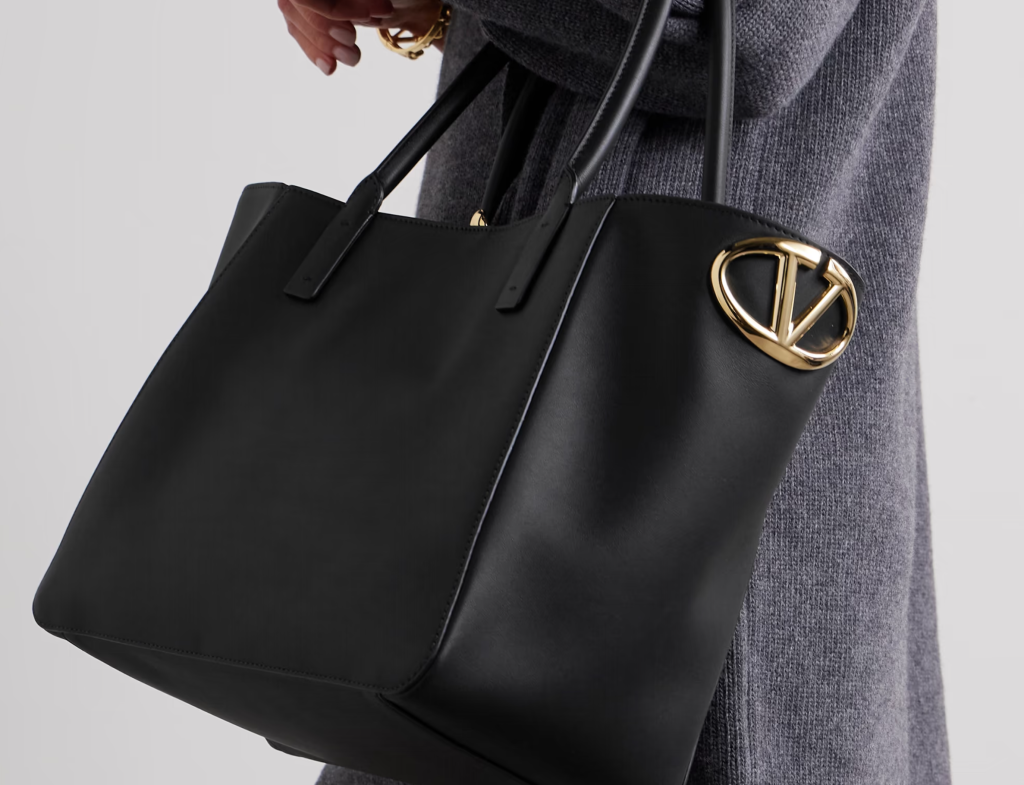
The Origins of Tote Bags
“tote” means “to carry,” and tote bags were initially designed for carrying heavy loads. The earliest tote bags date back to the 17th century when they were used primarily for work and travel. These early totes were made from durable materials such as canvas and leather, designed to withstand wear and tear.
- Early 20th Century: Practical Beginnings
- Design and Materials: Early 20th-century tote bags were simple, sturdy, and made from materials like canvas and leather. They featured basic shapes and were designed for functionality.
- Usage: These bags carried groceries, tools, and other heavy items, reflecting their practical purpose.
The 1940s: The L.L. Bean Boat Bag
A significant milestone in the history of tote bags was the introduction of the L.L. Bean Boat Bag in 1944. Originally designed to carry ice from the car to the freezer, this bag was made from heavy-duty canvas and featured a boxy shape with sturdy handles.
- Features: The L.L. Bean Boat Bag had reinforced seams and a flat bottom, making it durable and practical for heavy loads.
- Impact: This bag set the standard for future tote designs, emphasizing durability and practicality.
The 1960s and 1970s: Tote Bags as Fashion Statements
During the 1960s and 1970s, tote bags transitioned from purely functional items to fashion accessories. This era introduced more stylish designs and a broader range of materials and patterns.
- Design Innovations:
- Materials: Besides canvas, tote bags began to be made from more luxurious materials such as leather and suede.
- Patterns and Colors: Bold patterns, vibrant colors, and artistic prints became popular, reflecting the fashion trends of the time.
- Cultural Influence:
- Hippie Movement: The counterculture movement of the 1960s embraced tote bags for their practicality and the ability to personalize them with patches and embroidery.
- Designer Influence: High-end designers started noticing the tote bag and incorporating it into their collections with a focus on style and luxury.
The 1980s and 1990s: The Rise of Designer Totes
The 1980s and 1990s saw the tote bag firmly established in high fashion. Luxury brands began to release their versions of the tote, combining practicality with high-end design.
- Designer Tote Bags:
- Louis Vuitton Neverfull: Introduced in 2007, the Neverfull became an iconic tote bag known for its spacious design and signature monogram canvas.
- Hermès Birkin Tote: Originally launched as a handbag, the Birkin evolved to include tote bag styles, symbolizing ultimate luxury and exclusivity.
- Features:
- Luxury Materials: Premium leather, exotic skins, and high-quality hardware.
- Signature Elements: Brand logos, monograms, and distinctive design elements signify status and style.
The 2000s: Modern Adaptations
In the new millennium, she brought further innovation and adaptation to the tote bag, focusing on versatility and sustainability.
- Functional Designs:
- Convertible Totes: Bags that can transform into different styles, such as backpacks or shoulder bags, became famous for their versatility.
- Tech-Friendly: Designs that accommodate laptops, tablets, and other tech essentials catered to the modern professional.
- Sustainability:
- Eco-Friendly Materials: Brands began to use recycled materials, organic cotton, and vegan leather in response to growing environmental awareness.
- Ethical Production: Emphasis on fair trade practices and sustainable manufacturing processes.
The 2020s: Contemporary Trends
Today, tote bags continue to evolve, blending classic design elements with contemporary trends. The focus is on versatility, sustainability, and personalization.
- Current Trends:
- Minimalism: Simple, clean designs with a focus on functionality and versatility.
- Bold Colors and Patterns: While minimalism is widespread, there is also a trend towards bold, eye-catching designs.
- Sustainable Fashion: Eco-friendly materials and ethical production practices are more critical than ever.
- Innovative Features:
- Bright Totes: Technology integration, such as built-in chargers and anti-theft features.
- Customization: Personalized tote bags with monograms, unique prints, and customizable features.
Styling Tote Bags for Different Occasions
Tote bags are versatile and can be styled for various occasions, from casual outings to formal events.
- Casual Day Out:
- Outfit Idea: Pair a canvas tote with jeans, a t-shirt, and sneakers for a relaxed, casual look.
- Example: The Everlane Day Market Tote, known for its simplicity and functionality.
- Office Ready:
- Outfit Idea: A structured leather tote pairs well with business attire, such as a blazer, blouse, and pencil skirt.
- Example: The Tory Burch Perry Tote, offering both elegance and practicality.
- Evening Out:
- Outfit Idea: Choose a chic, small tote with metallic accents to complement a cocktail dress or sleek jumpsuit.
- Example: The Saint Laurent Shopping Tote, known for its sophisticated design.
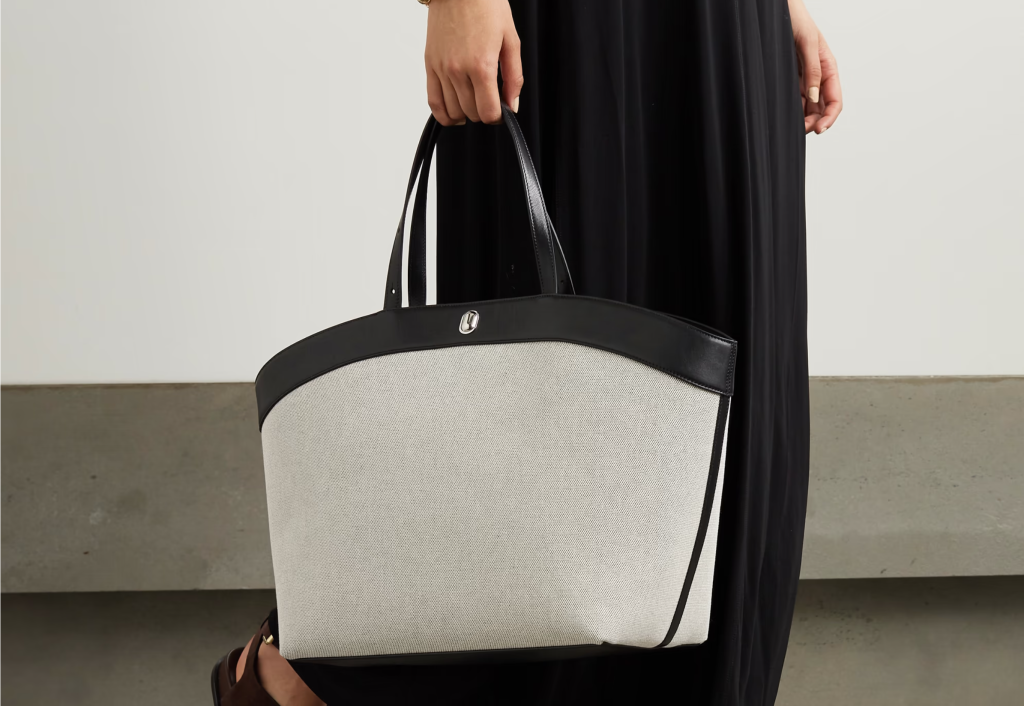
Conclusion
The evolution of tote bags from their humble, utilitarian beginnings to the high-fashion staples they are today reflects broader trends in fashion and culture. They have become a symbol of versatility, practicality, and style, adapting to meet the needs of each generation. As we look to the future, it’s clear that tote bags will continue to evolve, embracing new materials, designs, and technologies to remain a beloved accessory.

